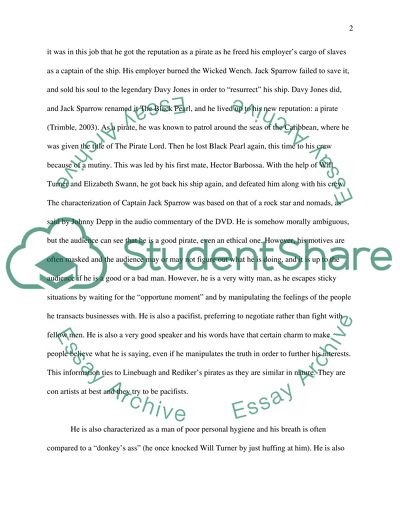Cite this document
(“Captain Jack Sparrow: A Pop Culture Icon Essay Example | Topics and Well Written Essays - 1750 words”, n.d.)
Retrieved from https://studentshare.org/english/1394814-english
Retrieved from https://studentshare.org/english/1394814-english
(Captain Jack Sparrow: A Pop Culture Icon Essay Example | Topics and Well Written Essays - 1750 Words)
https://studentshare.org/english/1394814-english.
https://studentshare.org/english/1394814-english.
“Captain Jack Sparrow: A Pop Culture Icon Essay Example | Topics and Well Written Essays - 1750 Words”, n.d. https://studentshare.org/english/1394814-english.


